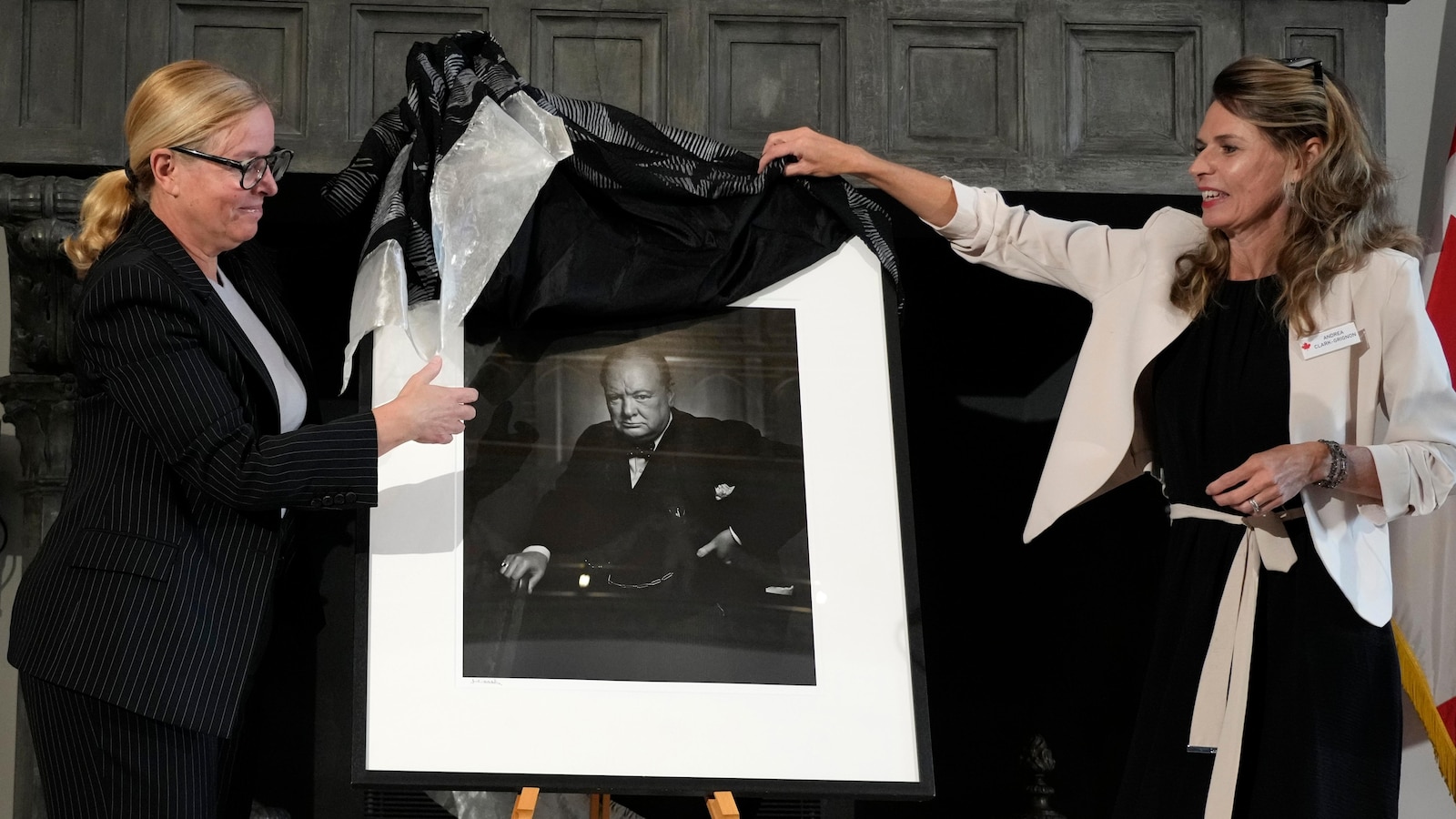
MELBOURNE, Australia — Authorities killed on Monday a large crocodile thought responsible for Australia’s second fatal attack in a month.
The latest victim was a 40-year-old man from New South Wales state who had been fishing on Saturday while on vacation with his wife and children, traveling through Queensland state with a trailer, according to police. Government conservation officer Daniel Guymer said the man fell into the Annan River south of Cooktown. His body has not been recovered.
Cooktown resident Bart Harrison said the steep bank had collapsed underneath the victim’s feet, sending him more than 6 meters (20 feet) into the river which is renowned as a crocodile habitat.
“It’s straight up and down. It’s a hairy spot to be fishing,” Harrison said. “We grew up watching the crocs swim around there and I wouldn’t go near that edge. There’re always one or two big crocodiles living there.”
Guymer said the suspected crocodile, which had a scar on its snout, was found in a creek 4 kilometers (about 2.5 miles) away from the scene of the accident. Witnesses saw crocodiles in the area, known by locals as Crocodile Bend.
“Wildlife officers have humanely euthanized a large crocodile approximately 4.9 meters (16-foot) in length that is believed to be responsible for the fatal attack,” Guymer told reporters. “The animal had markings on its snout that were consistent with it being the target animal,” he said.
The tragedy came after a 12-year-old girl was snatched on July 2 while swimming with family in a creek in the neighboring Northern Territory. Her remains were found days later and wildlife rangers shot dead her 4.2-meter (14-foot) killer.
This is the third fatal crocodile attack in Australia this year, close to the worst annual death toll on record of four in 2014. A 16-year-old boy was killed while swimming off a Queensland island on April 18.
Charles Darwin University crocodile expert Brandon Sideleau said there were probably at least two large crocodiles at the river bend where the latest incident took place because people illegally fed crocodiles road kill such as dead kangaroos. The crocodiles had learned to associate human presence with food, he said.
The crocodile population has exploded across Australia’s tropical north since the reptiles that can live up to 70 years became a protected species under Australian law in the 1970s,
Sideleau said there was little evidence to explain why Australia’s annual death tolls from crocodile attacks fluctuated. For long stretches in recent decades, there have been no deaths.
“All attacks in Australia can be avoided with the proper precautions,” he said.
Government authorities are investigating a social media video that appears to show a crocodile being fed in the same river.
Guymer warned that feeding dangerous wildlife in Queensland was an offense punishable by a fine of almost 6,500 Australian dollars ($4,200).
“It is, of course, a very, very concerning behavior. It’s very risky and it’s very reckless,” he said.
Australian authorities have euthanized a 16-foot crocodile that was responsible for a fatal attack, marking the second incident of its kind in just a month. The crocodile, which was believed to be responsible for the death of a man in Queensland, was captured and put down by wildlife officials in an effort to prevent further attacks on humans.
The incident has once again raised concerns about the dangers posed by crocodiles in Australia, where encounters between humans and these apex predators are not uncommon. Crocodile attacks have been on the rise in recent years, with several fatal incidents reported across the country.
In response to the increasing number of attacks, Australian authorities have implemented various measures to manage the crocodile population and minimize the risk to humans. This includes culling programs, relocation efforts, and public education campaigns aimed at raising awareness about the dangers of interacting with crocodiles in their natural habitat.
Despite these efforts, crocodile attacks continue to occur, highlighting the need for continued vigilance and caution when venturing into areas known to be inhabited by these formidable predators. Experts advise that individuals should always be aware of their surroundings, avoid swimming in crocodile-infested waters, and follow safety guidelines when visiting crocodile-prone areas.
The euthanization of the 16-foot crocodile responsible for the recent fatal attack serves as a stark reminder of the potential dangers posed by these creatures. While crocodiles play a vital role in maintaining the balance of ecosystems, they also pose a significant threat to human safety. It is essential for authorities and individuals alike to take proactive measures to prevent future incidents and ensure the coexistence of humans and crocodiles in Australia’s diverse landscape.


